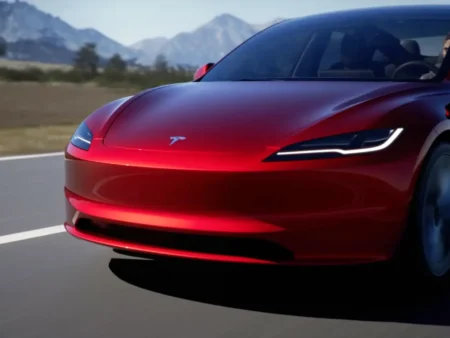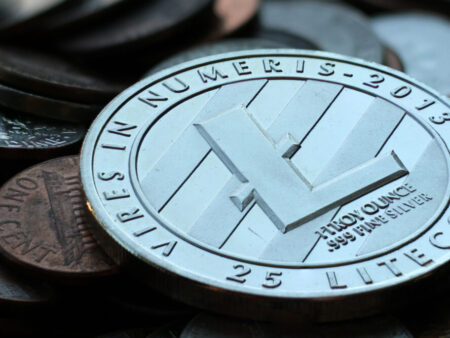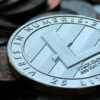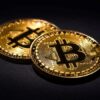I had been following the whispers for months. There was a lot of speculation, but it felt more like a background hum than a true alarm. Then, suddenly, the news hit: the BRICS nations — Brazil, Russia, India, China, and South Africa — were moving ahead with plans for a new currency, and it wasn’t just talk anymore. It was a real possibility that had the financial world sitting up straight and paying attention. This could mark a tectonic shift in global finance.
For decades, the US dollar has reigned supreme as the world’s primary reserve currency, providing the U.S. with tremendous influence over global trade and finance. But BRICS, a bloc representing about 40% of the world’s population and nearly a quarter of global GDP, was sending a signal: it might be time to challenge that dominance.
The Rise of a BRICS Currency
The BRICS nations have been growing increasingly wary of the global financial system, where the dollar plays the role of king. The U.S. Federal Reserve, through its monetary policy, effectively controls the value of the dollar, influencing global markets. Given the economic and geopolitical tensions — particularly between the U.S. and Russia, and the growing friction with China — BRICS’ desire for financial independence became a strategic necessity.
As I dug deeper into the motivations behind the BRICS currency, it became clear that there were multiple factors at play. For one, sanctions. After Russia was hit with a wave of Western sanctions following the invasion of Ukraine, the need for a financial system not reliant on the dollar became obvious. Then there’s China, whose ambition to see the renminbi (yuan) play a larger role in global trade has been no secret. Combine these with the other members’ interests in bolstering their economic independence, and the creation of a new BRICS currency starts to make sense.
A Currency Backed by Gold?
One of the most intriguing aspects of this potential BRICS currency is the discussion around it being backed by gold. This idea appeals to many critics of fiat currencies, who argue that the dollar’s strength is built on trust alone, with no tangible asset to back it. Gold, on the other hand, has been seen for centuries as a stable store of value. And with BRICS nations collectively holding vast amounts of gold reserves, a gold-backed currency would present a very real alternative to the fiat-dominated system of today.
If the BRICS currency were indeed backed by gold, it could trigger a significant revaluation of gold prices. Investors might flock to gold as a safe haven, knowing that the new currency would provide a tangible asset base. It could also pull significant weight away from the U.S. dollar, as central banks might begin to diversify their reserves into this new currency and gold, rather than relying so heavily on dollars.
The ramifications for gold could be massive. Gold, often seen as a hedge against inflation and currency instability, would likely surge in demand. Already, some central banks have been increasing their gold reserves in preparation for uncertain times ahead. If the BRICS currency is tied to gold, we could see a monumental shift in how gold is valued on the global stage.
What Happens to the US Dollar?
The U.S. dollar’s dominance has given the United States a powerful financial weapon: the ability to impose sanctions and cut off access to the global financial system. But if a major bloc like BRICS successfully launches an alternative currency, the dollar’s role could slowly erode. It wouldn’t be an overnight event — the dollar is still deeply entrenched in global trade, especially in sectors like oil (which has long been priced in dollars) — but the cracks would begin to show.
Countries that have felt constrained by the U.S.-led global financial system might find the BRICS currency more attractive, particularly if it’s tied to a stable asset like gold. This could lead to a gradual de-dollarization of international reserves. Central banks, currently holding large portions of their reserves in U.S. dollars, might begin shifting to the BRICS currency, further weakening the dollar’s global standing.
I started to imagine what a diminished dollar would mean for everyday people in the U.S. and beyond. A weaker dollar could make imports more expensive, driving up costs for everything from electronics to food. Inflation could rise, and with it, interest rates. The U.S. would no longer enjoy the luxury of borrowing at ultra-low rates, since investors might demand higher returns on U.S. debt to compensate for the added currency risk.
The Path Forward: A Global Power Shift?
It’s hard to predict just how successful the BRICS currency would be. After all, creating a new currency and getting other nations to trust and use it is a monumental task. The U.S. dollar has deep roots in the global financial system, and unwinding that won’t happen easily.
But if the BRICS nations play their cards right, and the currency gains traction, we could be looking at a new era of financial multipolarity, where the U.S. dollar no longer holds the uncontested title of global reserve currency. This could shift the balance of economic power toward the emerging markets of the BRICS nations, potentially leading to greater geopolitical influence for countries like China and Russia.
Of course, this is all speculation for now, but it’s a future that feels closer than ever before. With the world’s eyes now on BRICS, it’s clear that the next few years could bring profound changes to global finance.
The introduction of a BRICS currency — especially one tied to gold — could reshape everything from the price of gold itself to the global role of the U.S. dollar. The question is: are we ready for it?













